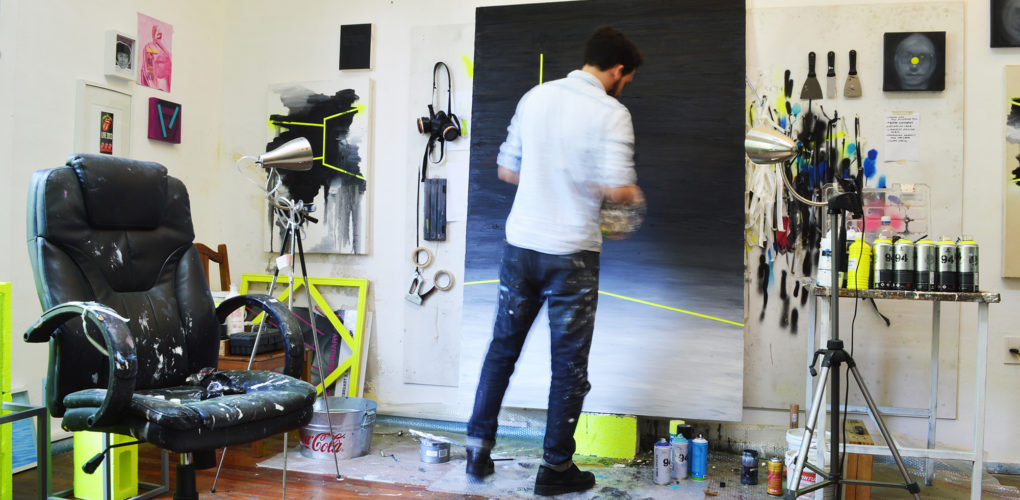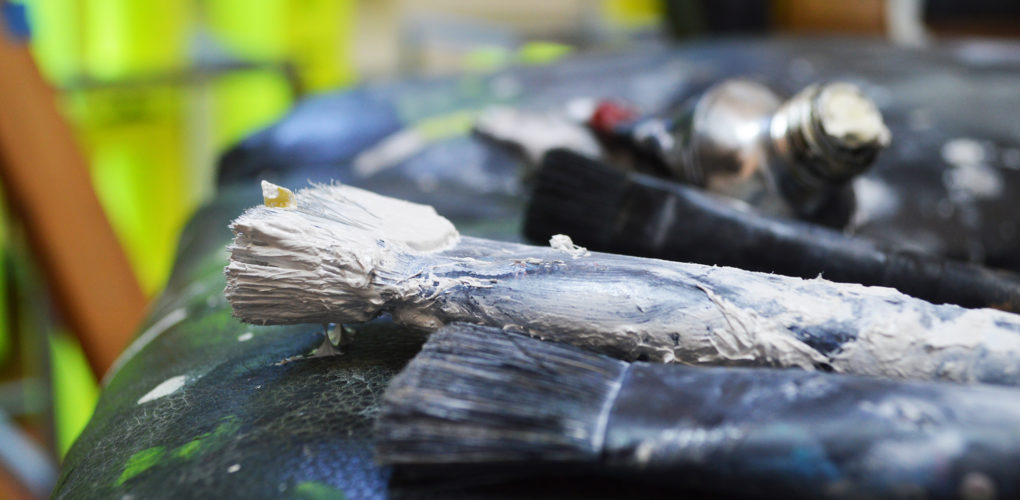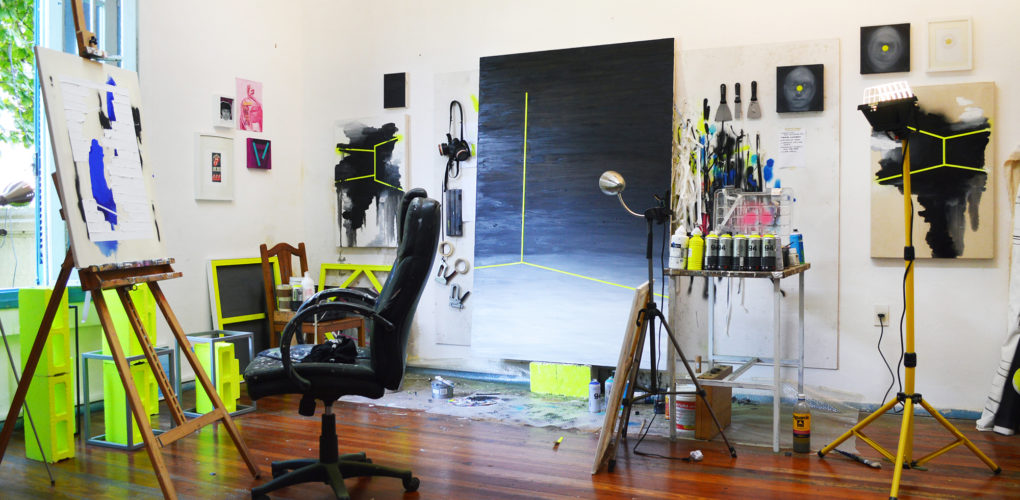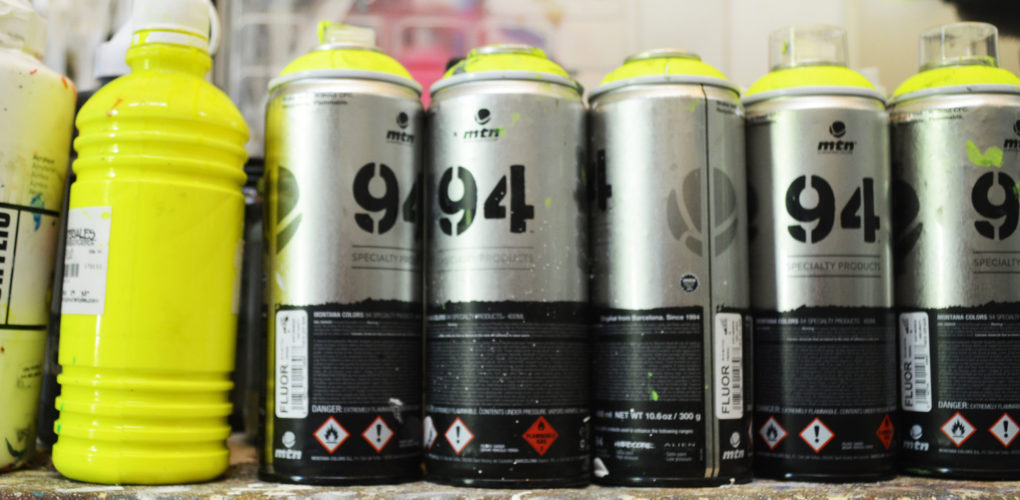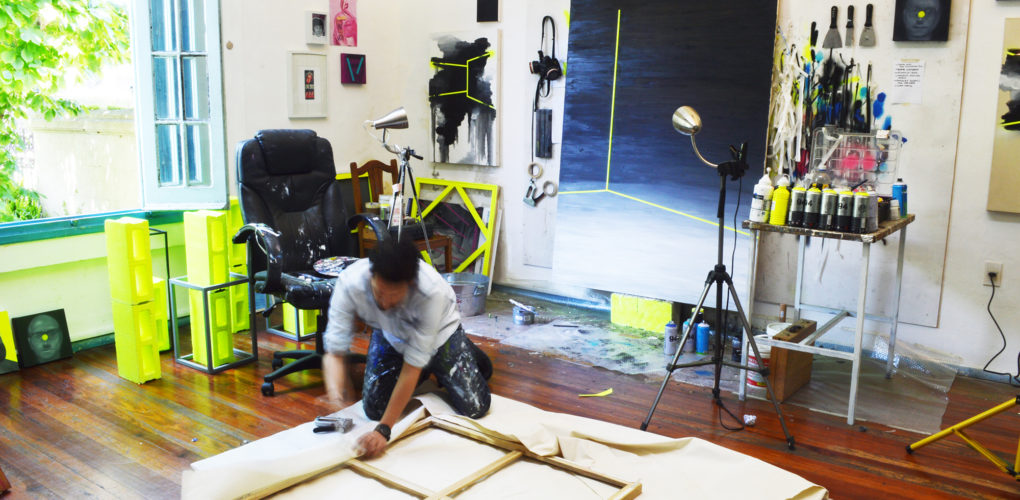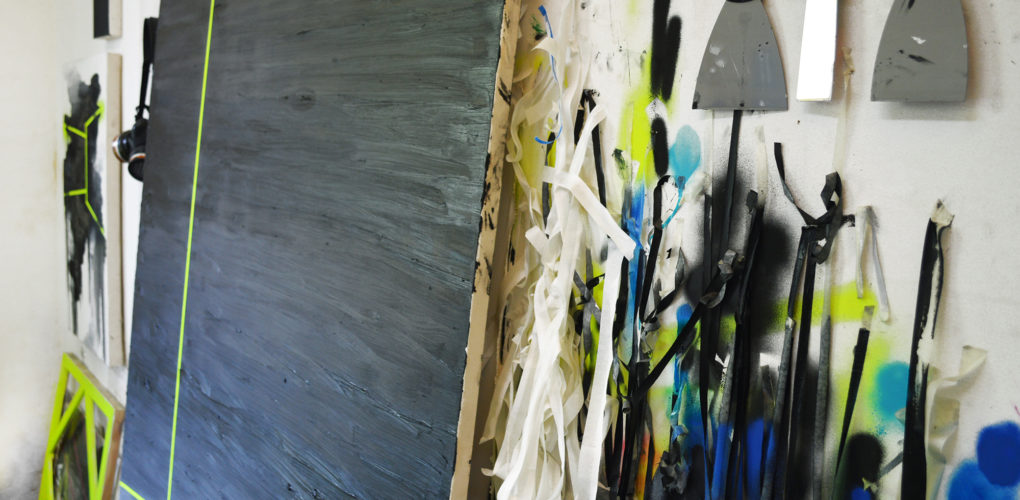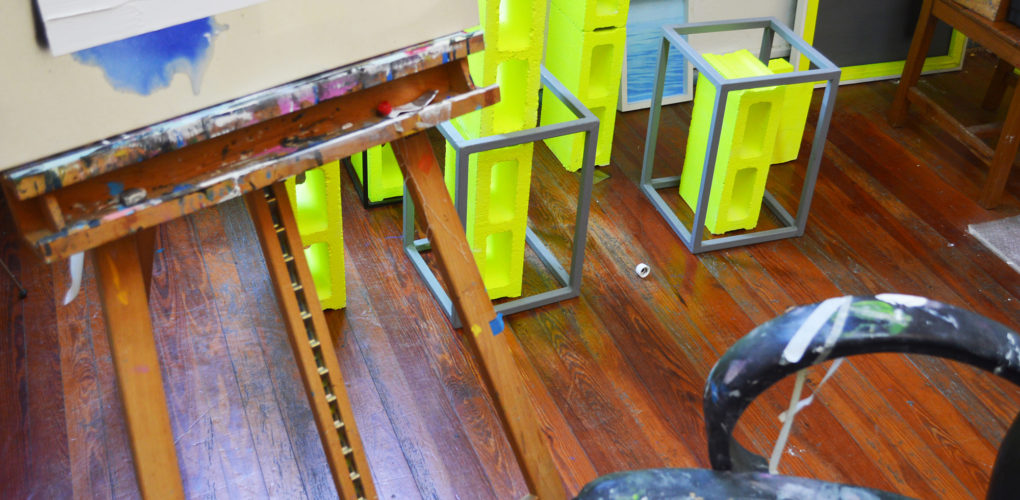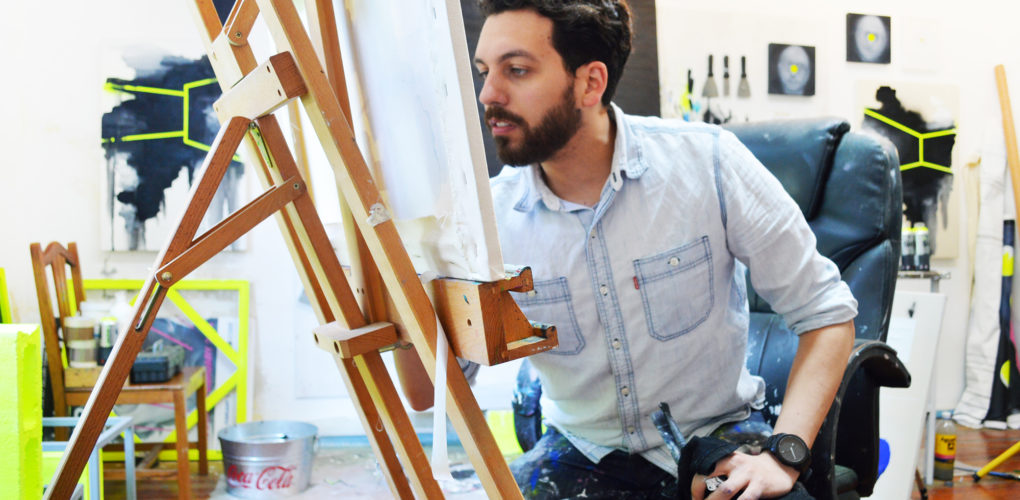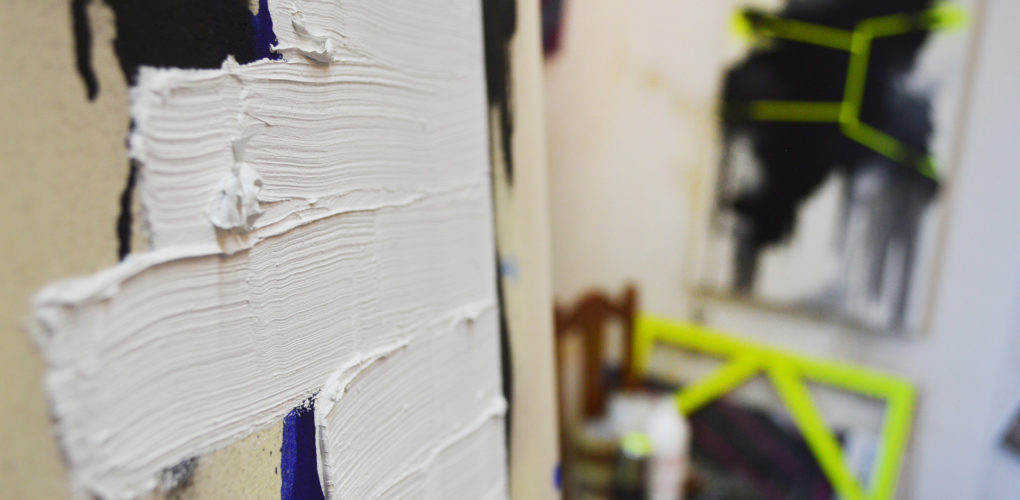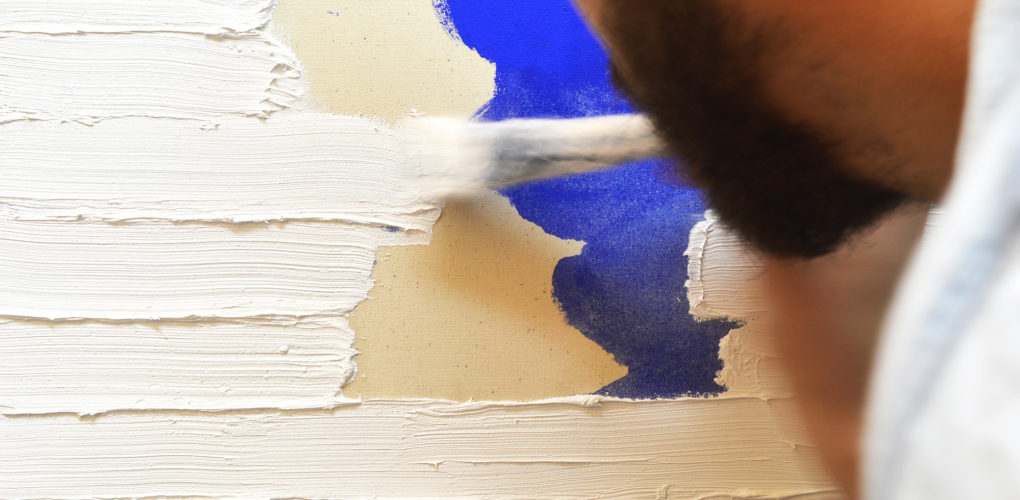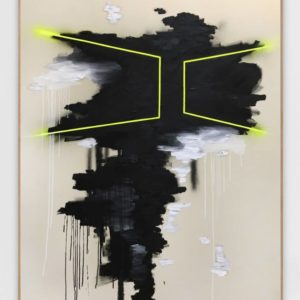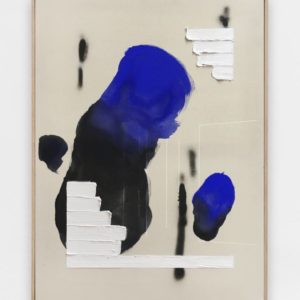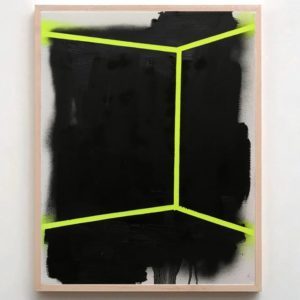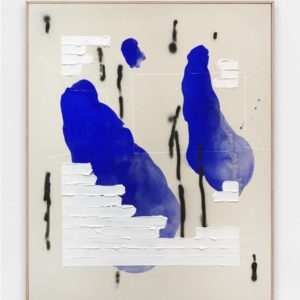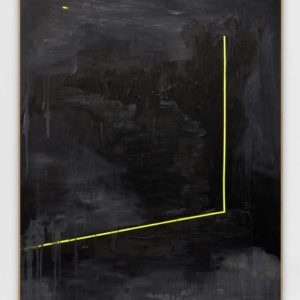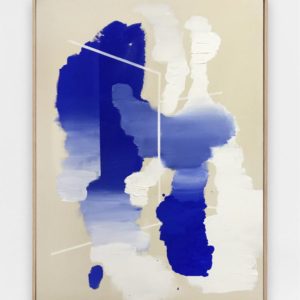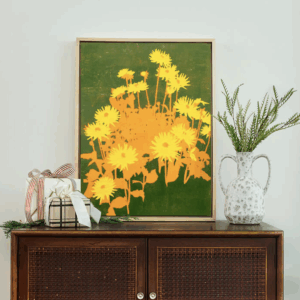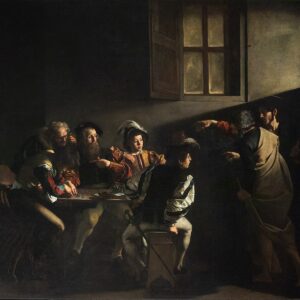One to Watch
 Guillermo Garcia Cruz Exposes the Ideologies of Art Institutions
Guillermo Garcia Cruz Exposes the Ideologies of Art Institutions
Guillermo Garcia Cruz’s art questions the very space in which it exists. He investigates the relationship between different aspects of contemporary art institutions, using abstracted organic forms and geometric structures as a metaphor for the artistic object and museums or galleries, respectively. Guillermo has worked with drawing, painting, installation, and video but his current body of work is painting, a medium he says allows for greater experimentation.
Guillermo lives and works in Montevideo, Uruguay. He studied Drawing and Painting at the Corcoran College of Art and Design and the Washington Studio School in Washington DC. He previously attended the Instituto Escuela Nacional de Bellas Artes in Montevideo. Guillermo received Honorable Mention in the Premio Paul Cezanne and ISUSA National Painting Contest and has exhibited his works in Uruguay, the US, and Argentina.
What are the major themes you pursue in your work?
Throughout my career I have always been interested in investigating the relationships between the different parts of the contemporary art institution. For many years, everything that surrounds the work of art became almost as important as the work of art itself. Starting from this idea, this new series of abstract works are visual experiments that depart from real and fictional structures of museums and art galleries. These works metaphorically represent the interrelationship between the artistic object, represented as an organic pictorial presence, and the artistic institution that validates it, expressed visually as geometric structure. Space becomes the main theme in my new works, as a way to ask questions about the validation system in contemporary art.
How did you first get interested in your medium, and what draws you to it specifically?
I have worked in a lot of fields during my years as a student, teacher, and artist: drawing, painting, installation, video. But at the moment I am focused on the abstract aspect of painting and all its possible results. While the concept for me is very important, I also find a great opportunity in experimentation and that is something that I find attractive about this area of painting. On the other hand, specifically speaking of the materials I use, in this phase I am experimenting with acrylics, oils, and different types of pigments, since they allow me different results that collaborate with the idea that I want to represent.
How has your style and practice changed over the years?
While the idea, the questions, and the content of my works is always related to a main theme, I believe that the visual result of them has changed a lot over the years. My previous training as a figurative painter has allowed me to explore different techniques and learn the basics of drawing, proportion, and composition– that is why in this new abstract stage these skills are present even though they arrive in a more sensitive and intuitive way.
Can you walk us through your process? Do you begin with a sketch, or do you just jump in? How long do you spend on one work? How do you know when it is finished?
First of all, I start by working on the concept or the idea, then I try to define certain thematic parameters and decide which questions I’m going to work on. At the same time, I begin investigating different ways of expressing this idea based on the mediums and techniques I am interested in developing at the time. Then I continue with small sketches on notebooks, papers, and canvases. After that I take those experiments to the larger canvas, where sometimes the initial perception changes and I experiment an interaction with the painting that can take many days and almost never ends with the original idea. So it is difficult to define when a work is finished, since while in the studio I always see opportunities to change things, so the only way to know that is done is if it leave the studio to a museum, gallery, or collector.
Who are some of your favorite artists, and why?
One of my favorite artists is Chuck Close. I think his versatility, effort, and capacity for change led him to achieve excellence in his way of working. On the other hand, the constant search for expression in new ways made him achieve more and more interesting artistic results. That is why I think he is a great example of overcoming, as an artist and as a person, when circumstances are not what you expected.
What was the best advice given to you as an artist?
Over time I understood that the best advice I received was one in my first group exhibition at age 16. I was very happy to participate in this show organized by a famous Uruguayan painter, Ignacio Iturria. So when I saw him, despite my shyness, I decided to ask him: “What do you think about my work?” and he answered: “Very good for such a young painter, but if you really want to be an artist never forget this: Never stop working. The more you work, the more things you will get as an artist. Everything else does not matter, you only have to work.” I always remember that moment and I can see every day how true that simple fact is. So that is the phrase that I pass on to my students and I repeat myself all the time.
